There are several versions about the origin of the word "Cossack". According to one, it comes from the name of some tribes of the Turkic group that inhabited the steppes between the Moscow, Lithuanian, Polish states and the steppe khanates of the Tatars. Kasogs, Khazars ... There were versions about the origin of the word from the Turkish root "kaz", as well as from the Mongolian "ko", which meant "protection, armor".
Many linguistic scholars find the roots of the word "Cossack" in the Turkic languages, and their meanings are "guard, fought back, free, guard." Despite the similarity of most versions, the question of the origin of the term remains open.
Where did they come from?
There is no definite opinion on the origin of the Cossacks themselves either. There are a number of versions about the origin of this part of the people:
- Fugitive serfs from the Russian principalities. For a long time, this version was considered official and still appears in school history textbooks. In the twentieth century, it was criticized as dubious.
- Self-education on empty lands. Outcasts of numerous steppe and mountain tribes: Kyrgyz, Circassians, Kasogs, and many others, united with the same Russian "free".
- The strategic plan of the Russian tsars. “Free people” specially put forward on the borders of the Slavic states, exempted from taxes, like a shield from warlike steppe tribes.
- Version of the Golden Horde. According to one version, the Cossacks originated from the Slavic population of the powerful, but fragile on a historical scale, Mongol-Tatar empire Golden Horde. According to this version, the Cossacks were settled on the banks of the Don and Dnieper by the Horde.

Despite numerous studies, the question of the origin of this ethnic group (or sub-ethnic group) is still open.
What was the Cossacks?
Despite the presence of various ethnic groups among the “free people”, the backbone was made up of Russians and Ukrainians. In general, they can be divided into two groups: the first consisted of the so-called servicemen, registry (Cossack officials who were in the public service), and the second of the freemen living on the banks of the Dnieper, Don, Yaik and Terek, with "village" self-government.
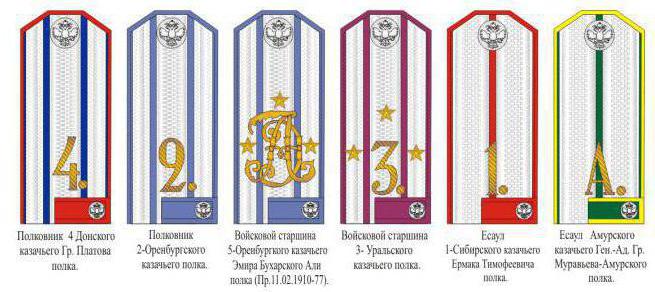
A large territorial public formation was called an army, for example, the Don army. Available types of activities of the Cossacks were animal husbandry, hunting, including fishing. The absence of agriculture can be explained by two reasons - the state of permanent war, in which the troops were with the surrounding warlike neighbors, and the formed culture of warriors for whom tillage was a "low" occupation.
Well, the main role in the life of the Cossacks was played by military operations, and, first of all, production, which was the main article of their income. The common expression "for zipuns" went from campaigns in the Crimean, Persian lands, in the Caucasus. The military campaigns were not limited to land - river raids (on boat-ears) and sea raids were very common.
Relations with Russia
After the Cossacks formed into state associations, troops, diplomatic relations began with Moscow - embassy villages and an elected chieftain were sent to the capital.
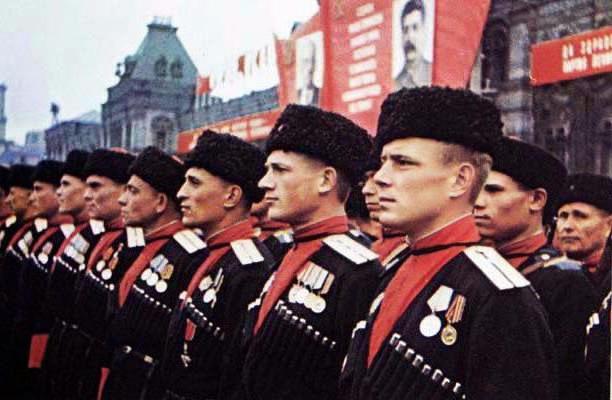
At first, relations between Russia and the troops were built on allied principles against common opponents. In some ways, it was even convenient for Moscow to have precisely independent Cossacks - Russia was not responsible for the numerous raids of the “ushkuyniki”, it was reliably protected from the aggression of the steppe tribes, and at the same time it could tame the allies from time to time, stopping the supply of arms and food.
Over time, the relations of partners cooled - Moscow was worried about the constant departure of Russian citizens to the lower "Cossack ranks", and also worried about the autonomy of such serious military associations near the borders. And starting from the seventeenth century, the “free people” began to prove that the suspicions were not unfounded: the uprisings of Razin, Pugachev, Bulavin, support of False Dmitry demonstrated to the Russian Empire how serious the “village warriors” became.
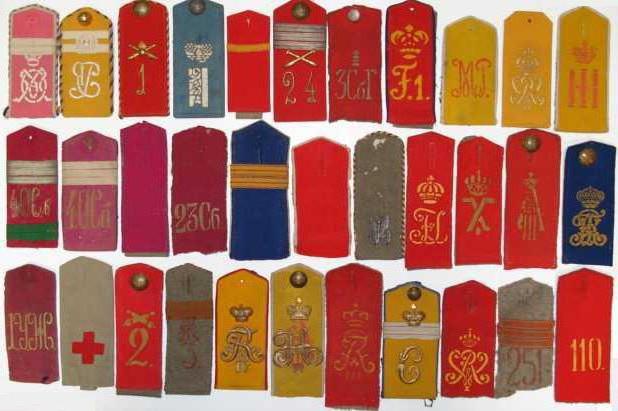
By careful and patient diplomatic moves, the Russian Tsars managed to bring the highest Cossack ranks to the oath by the end of the 17th century, which de facto made them Russian subjects. Peter I abolished elected chieftains, made punished (that is, appointed by the state). The last “sip of freedom” was the uprising of Emelyan Pugachev, after the suppression of which, at the direction of Catherine II, the Zaporizhzhya Sich was liquidated.
What were and how ranks changed
The first, elected Cossack ranks were as follows: plastun, foreman, centurion, clerk, chieftain, hetman. With the development of the organization of troops, the titles of military judge, esaul, colonel and some others appeared.
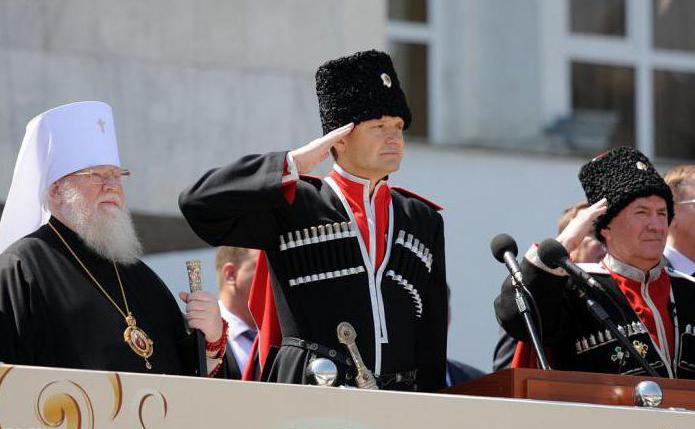
After the troops lost their independence and became part of Russia, the ranks of the stanitsniks were united into a single system. Under Nicholas I, Cossack ranks and Russian ranks were reduced. The comparisons were as follows:
- The junior ranks included: a plastun (private), a clerk (corporal), a soldier (sergeant), a wahmister (sergeant major).
- Ober-officer ranks: coronet - second lieutenant (modern lieutenant); centurion - lieutenant (modern senior lieutenant); Podesaul - head-captain, head-captain (modern captain); esaul (there were the most different - military, regimental, hundred, general) - captain (modern major); Colonel - the highest officer rank.
- Generality - chieftain (general), hetman (commander in chief).
Ranks in modern Russia
Nowadays, Cossack ranks have been restored. In the Soviet Union, respectively, they were abolished as a relic of tsarism. Of course, the persecution was not without its purpose - there were deportees, those who were executed, and those who emigrated.
So, Cossack ranks from lowest to highest:
- The lower ranks include: senior officer, officer, junior officer, clerk, Cossack (plastun).
- Junior ranks include: senior wahmister, wahmister, junior wahmister.
- Senior ranks: Podesaul, Centurion, Corral, Undercity.
- Main ranks: colonel, army foreman, Yesaul.
- The highest rank: general.
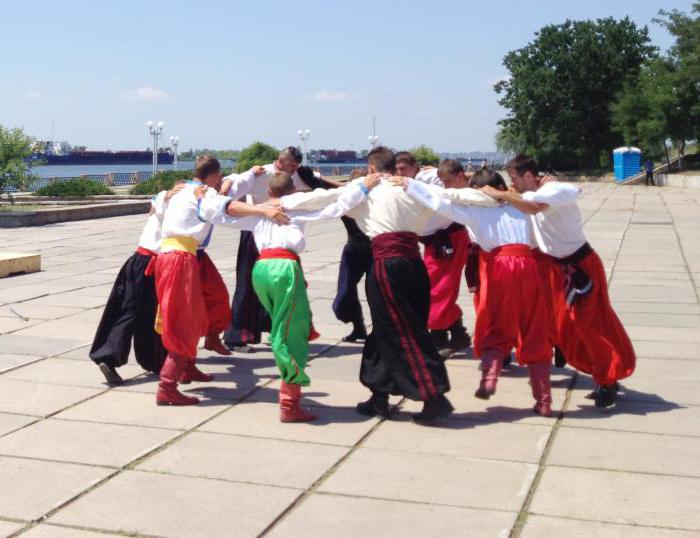
What were their epaulets
As a rule, Cossacks, even being part of the Russian army, had a different system of epaulettes. This was due to their unambiguous self-determination as a special, elite caste. The Russian rulers, given the excellent combat performance of the "stanikov", did not forcibly equate them "under one comb." So, Cossack ranks and shoulder straps:
- Plastun (private) - "naked" shoulder straps.
- Order (corporal) - one tag.
- Squadron (sergeant) - two reed.
- The senior commander is one wide bastard.
- Junior Wahmister (foreman) - longitudinal galun.
- The Wahmister (ensign) is a longitudinal galun and two stars.
- Senior Wahmister (Senior Warrant Officer) - Longitudinal Galun and three stars.
- Undercounter - one lumen with one star.
- Horungy (lieutenant) - one gap with two stars.
- Sotnik (senior lieutenant) - one gap with three stars.
- Podesaul (captain) - one gap with four stars.
- Esaul (major) - one clearance.
- Troops foreman (lieutenant colonel) - two gaps with three stars.
- Colonel - two gaps.
- General - two stars.
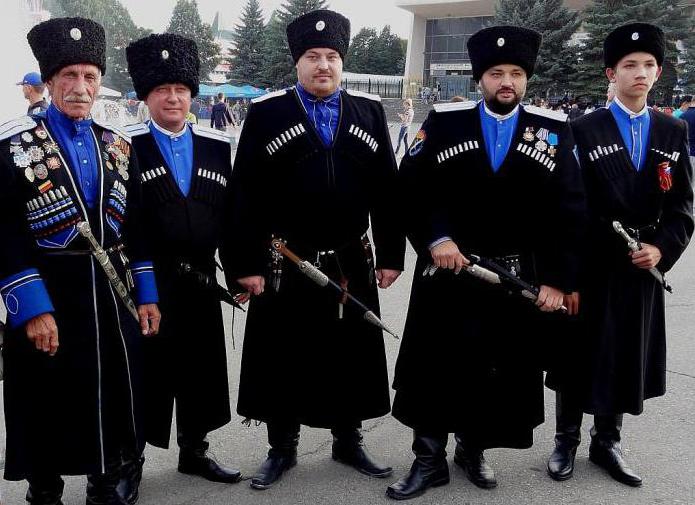
What can you understand when researching Cossack ranks and titles? A photo of a comparison of the “village” and all-Russian epaulettes and ranks indicates that after the troops lost their independence, their special system was tied to the Russian one and differs from it only in details.
What can be said about the "villagers" today?
The Cossacks are a unique phenomenon, a unique culture that has developed in the conditions of constant conflict and has given rise to a caste of freedom-loving warriors.What happens today when hereditary “stanitsa” begin to become aware of themselves, studying the history of their grandfathers and great-grandfathers, Cossack ranks and epaulets? A photo of fearless and skillful fighters who participated in the First World, Civil and Great Patriotic Wars, allows them to touch a certain historical community, to realize themselves not only as a resident of Krasnodar, Rostov or Stavropol, but also as a descendant of an amazing, courageous and freedom-loving people.